How to choose a sleeping pad: for backpacking and car camping
Understanding how to choose a sleeping pad is vital to getting a proper, and warm, night’s rest – read on for our expert guide

When considering how to choose a sleeping bag, the main factors will be weight, warmth, portability and price. In an ideal world, we'd be able to pack the luxurious mattress from our bed at home, folding it down into a tiny and almost weightless package before unfurling it once we'e arrived at camp. This is, of course, impossible.
So, the sleeping pad you end up choosing will be something of a compromise and it will depend on what it is you're planning to do with it. After all, the best sleeping pads come in a bewildering array of different shapes and sizes, designs and constructions.
When you consider how to choose a sleeping pad – just as when you consider how to choose a sleeping bag – consider your requirements. Different users have different needs – a long-distance backpacker planning to thru-hike a trail in high summer can go for a very lightweight mat, while a cold-sleeping car camper might prioritise warmth over the need to save weight or minimise pack size.
A good quality sleeping pad or mat should be on everyone's camping checklist, regardless of their intended use. In general, it is worth considering the following when selecting the right sleeping mat for your needs.
Meet the expert

Matt has been camping for as long as he can remember, having worked for both the Ramblers and the Scouts. He has a particular fondness for wild camping trips, especially in Wales' spectacular Eryri (Snowdonia) National Park, where he lives. He's an expert when it comes to all things tents, sleeping bags and sleeping pads and here he shares his knowledge on the latter.
Today's best deals
Type
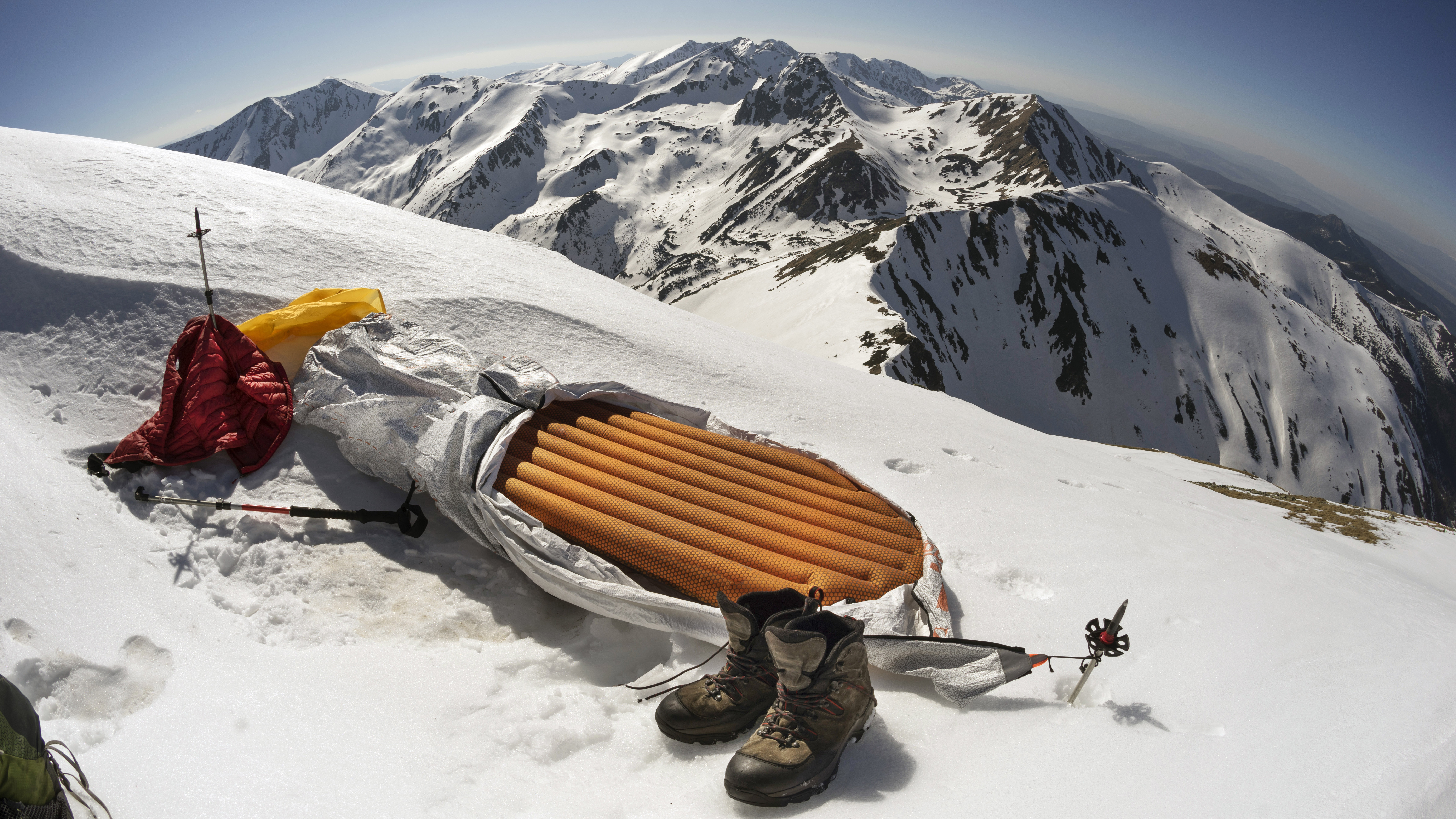
There are four main species of camping mat, each with its own positives and negatives. Here we will explain them briefly, before going into more detail below.
Closed-cell foam mats (like the old-school roll-up ones people used before Thermarest revolutionised the category with air mats) are very stable, simple to use, super durable and relatively cheap. However, they are pretty bulky to carry and not as comfortable to sleep on.
Self-inflating mats (SIMs), which typically feature a foam core, are fairly robust, easy to use (although sometimes you have to give them some time and a helping breath or two) and offer good warmth. Usually, though, they’re a little thinner than air beds.
All the latest inspiration, tips and guides to help you plan your next Advnture!
Insulated air mats are the best performers, offering an excellent mix of warmth and comfort for minimal weight. The main worry (and it’s a serious one) is the risk of puncture – always carry a repair kit, or you might end up repenting during a sleepless night.
Non-insulated air mats are perfect for ultralight enthusiasts, adventure racers and hardy summer campers. They are extremely lightweight and very compact, but the inevitable compromise is in the areas of warmth and durability.
Shape and Comfort
- Some pads come in a mummy shape to save weight and space
- Others have a rectangular profile and have a much larger footprint
- Brands also make women-specific pads

Though some mats utilize a basic rectangular profile, others are contoured in a mummy shape to reduce weight and pack size without unduly affecting overall sleeping comfort. For larger users, or those simply looking for a little extra luxury in their large tent, many mats also come in large and/or wide sizes.
Similarly, for petite users or ultralight campers in their one-person tent or bivvy, many mats also come in a small or a three-quarter size, which focuses on delivering core warmth for the head and torso only. Some brands make specific women’s sizes that are contoured to better suit the female frame. In some cases they are also slightly warmer, with a higher R-value (as women typically sleep colder than men).
Design and construction
- Stability and compressibility all effect how warm and comfortable a mat or pad is
- Closed-cell foam mats are usually very stable but are thinner
- They tend not to be as warm as SIMs or insulated air mats
- SIMs draw air in by themselves when their valve is opened
- Insulated air mats are prone to puncture but usually come with a repair kit
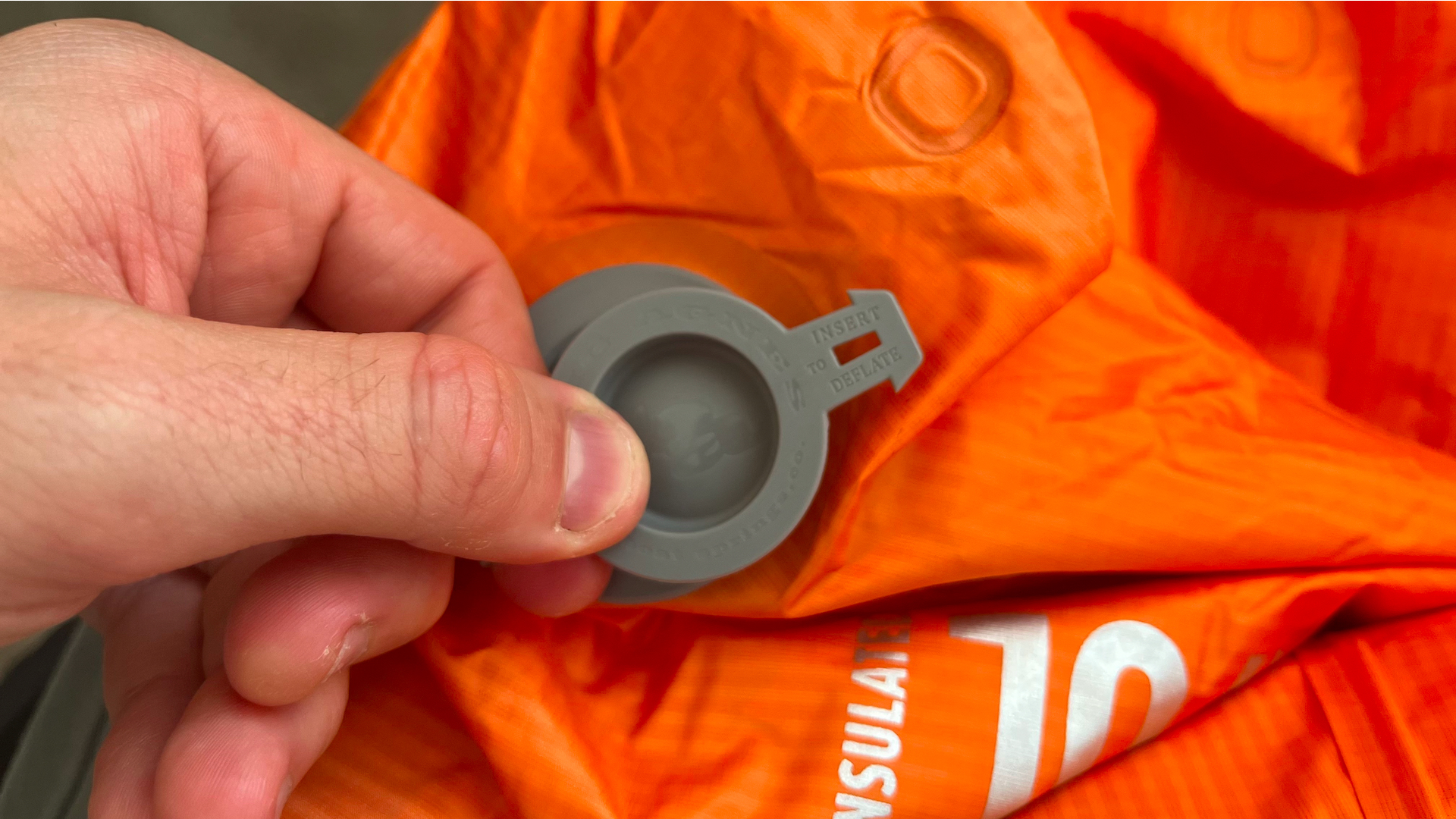
These factors will, of course, affect the mat’s comfort levels too. This is partly down to stability, as well as compressibility. A thicker mat that provides plenty of cushioning is generally more comfortable than a thinner mat, but make sure it isn’t so squashy that you ‘bottom out’ and hit the floor. This is often a problem with air mats.
Making a mat with thicker tubes or baffles helps to prevent this, but it also reduces stability. Air mats with longitudinal tubes are usually less stable than transverse tubes. Other manufacturers use alternative chamber designs to solve this issue. Closed-cell foam mats or self-inflating mats with a foam core are usually very stable, but are much thinner, which means they are not usually as comfortable, especially if you tend to sleep on your side. They are also not as warm as self-inflating mats or insulated air mats.
A self-inflating mat is usually equipped with a valve and foam core. Once they are unrolled and the valve has been opened, the design draws air in by itself, though they usually require a few ‘top-up’ breaths for full inflation.
An insulated air mat is the preferred option for those looking to maximise warmth for weight. If you camp in seasons other than high summer, it is wise to buy an insulated mat or some sort. These have a competitive pack size but deliver excellent warmth due to compressible insulation housed inside a series of air-filled chambers. The main drawback is that they require care in use, as they can be liable to puncturing. For that reason, they often come with repair kits to enable quick fixes in the field. They are also the most expensive option.
Ultralight or summer campers might consider an inflating mat without any insulation. These mats simply blow up (using either a pump sack or your own breath) to provide a comfortable base for sleeping on, and work well in warmer conditions, particularly on trips where weight and pack size are key considerations. They are extremely lightweight and very compact, often weighing less than 500g and taking up less space than a litre water bottle.
Warmth
- All mats generally rely on trapping air to keep you warm
- Many mats also incorporate a reflective internal coating or film to prevent radiation
- Sleeping pads are given an R-value to rate their insulating qualities
- Look for a mat with an R-value of 1.0 to 2.0 for summer use
- Look for 3.0 for three-season camping and 4.0 or even 5.0+ for winter camping
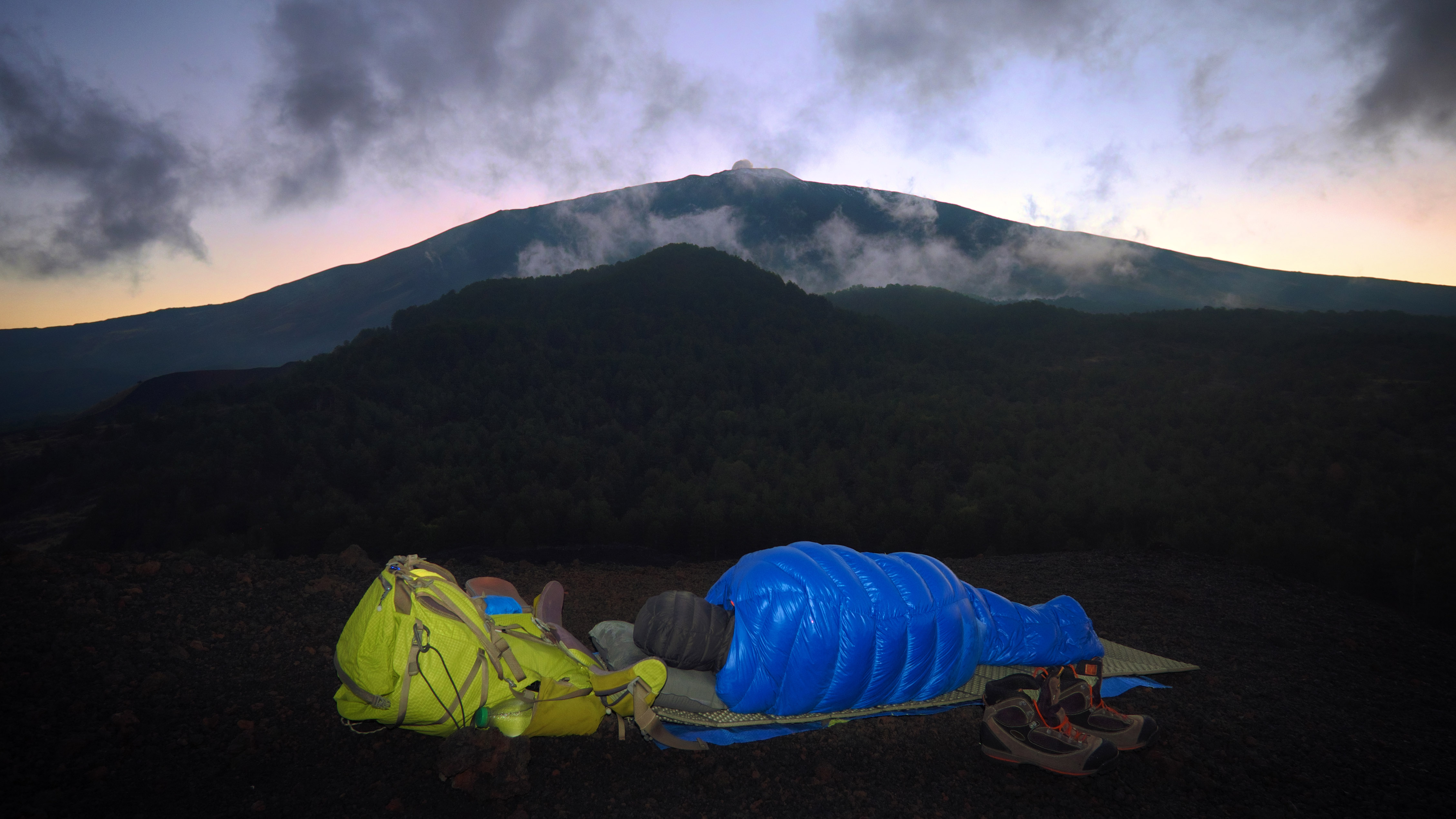
All mats generally rely on trapping air to keep you warm. So why are insulated mats so much warmer than non-insulated mats – even inflatable mats that are full of air? Well, when you lay down, your body heat warms the surface of the mat immediately beneath you. But since the ground is colder than your body, convection occurs – a circular air current is created by the warm air from the top side of the mat swapping places with the cold side of the mat. Warmth also transfers from the top side of the mat to the colder bottom side via the process of radiation. Insulated mats minimise convection by reducing internal air movement inside the mat, usually by utilising smaller air chambers filled with compressible insulation to further slow air movement.
Many mats also incorporate a reflective internal coating or film to prevent radiation. The main drawback of this is that these materials are typically noisy and crinkly. It's worth noting that moving around on top of your mat can also affect warmth. When you shift position, you can squeeze warm air from underneath your body off to the extremities of the mat, where it dissipates. So, a mat with stable baffles that do not collapse or wobble will usually feel warmer.
If all that science is getting a bit confusing, don’t worry. Sleeping mats are now given an R-value, which measures an insulating material’s thermal resistance. In sleeping pad terms, it basically indicates how warm a mat is. Look for a mat with an R-value of 1.0 to 2.0 for summer use, rising to 3.0 for three-season camping and 4.0 or even 5.0+ for winter camping. Of course, these figures are somewhat subjective. Cold sleepers might need a warmer mat. And remember that there’s much more to warmth than a sleeping pad’s R-value. Consider it as just part of a sleep system that also includes what you wear to bed, your sleeping bag, tent or other shelter, the ground you’re lying on, overnight temperatures, and of course, your own physiology.
Durability
- Foam roll mats and closed-cell mats are the most durable option
- Self inflating mats are also very durable
- Air beds are always at risk of puncture
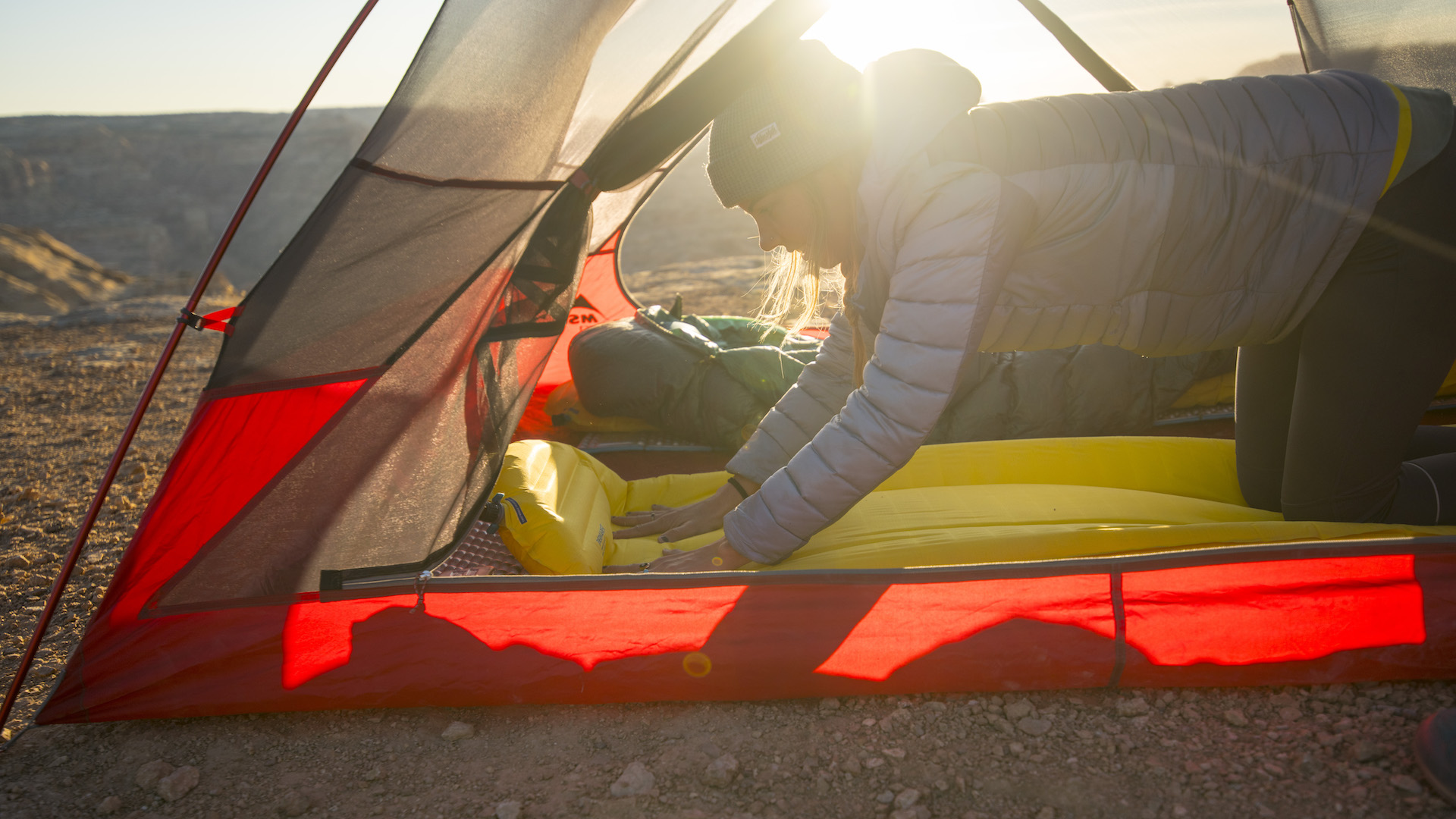
The classic foam roll-mat/closed-cell mat is the most durable option, which is why these are still preferred by many campers. They are versatile and virtually indestructible, making them ideal for all sorts of adventures, from thru-hikes to climbing expeditions. This design has gradually been improved over time: they often now feature dimples and reflective material for improved cushioning and warmth, and most closed-cell foam mats now utilise a Z- or concertina fold rather than rolling up, to reduce pack size.
SIMs can also be very durable and provide a good balance between weight, warmth and ease of use. However, air beds are always at risk of a puncture.
Ease of use
- A key aspect of a sleeping mat or pad’s performance is ease of use
- With a closed-cell foam mat, you can simply unroll or unfold
- Many feature a double valve for fast inflation and deflation

Picture this: you’ve walked a huge day, you’re dog tired, you’ve pitched your tent and managed to eat some food. Now you just want to get inside your cosy sleeping bag and crash out. In those circumstances – which happens a lot on extended backpacking trips or long thru-hikes – spending ages inflating your sleeping mat can become a real chore.
Similarly, and just as importantly, a mat should be easy to deflate so you can pack up quickly and get an early start the next morning. So, a key aspect of a sleeping mat or pad’s performance is ease of use. With a closed-cell foam mat, you can simply unroll or unfold it and hit the hay. It’s a little different with a self-inflating or air mat however, and ease of use often depends on the valve design. Many now have a double valve that helps you to inflate them fast but also expel air quickly for rapid deflation.
Weight and pack size
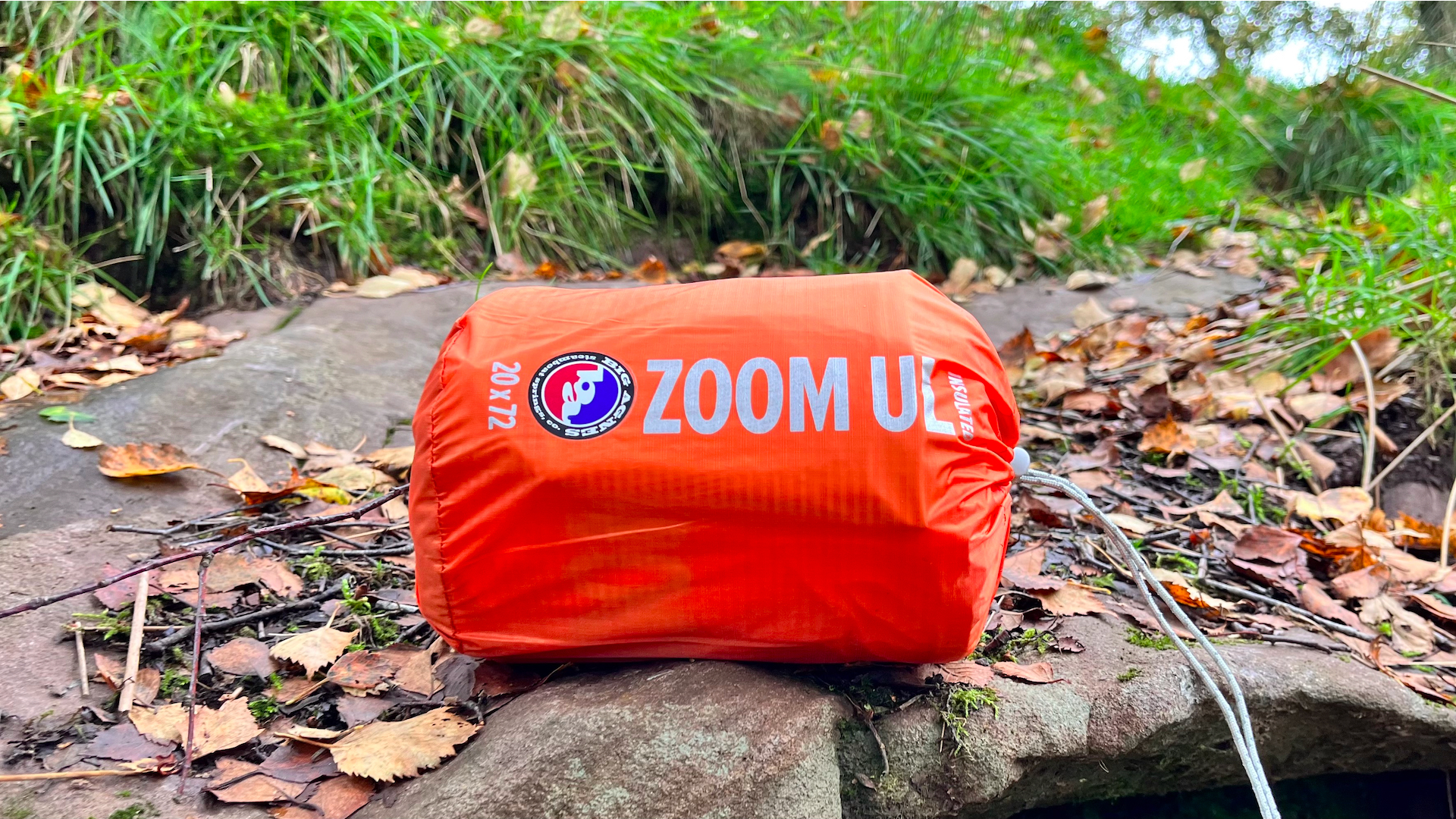
- Getting a low weight and small pack size is crucial for backpacking use
- Four-season mats with a higher R-value will typically be heavier
- Closed-cell foam mats are bulkier
Weight and pack size may be absolutely critical or almost irrelevant factors when you think about how to choose a sleeping pad, depending on your intended use. When you consider how to pack a backpack, a lightweight sleeping mat with a small pack size is easier to stash and carry around. Most mats are supplied with a stuff sack and air mats also typically come with a pump sack to help you inflate them quickly and easily. As a rule of thumb, a good three-season sleeping mat should weigh around 600g or less (or around 20oz).
Four-season mats with a higher R-value will typically be heavier, while ultralight mats (some of which aren’t insulated at all) can cut that figure in half. Pack sizes and volumes also vary widely, but ideally a three-season mat should have a packed volume of no more than 2 litres. Closed-cell foam mats are bulkier, although given their extreme durability most backpackers carry them strapped to the outside of a pack, making their size less of an issue and giving them more room for other hiking essentials.
Value
- It's worth spending a little more on a good quality mat
- The cheapest mats start at around $20/£15
- The most expensive might be well over 10 times that amount

As with almost all outdoor kit, you’ll need to balance price against performance. This also depends on how much value you attribute to getting a good night’s sleep. Some people can seemingly sleep almost anywhere on pretty much anything, while others struggle to get comfortable or stay warm without a plush and well-cushioned mat.
In our experience, it’s worth spending a little more on a good quality mat as it makes a huge difference to how comfortable your camping experience is, and therefore how much you enjoy your time in the great outdoors. If cost is a restricting factor, however, then entry-level mats can still offer good overall performance, and in some cases come with only a small increase in weight and bulk. You can usually rely on a budget sleeping pad to do a half decent job and it's certainly better than going without.
Sleeping mat prices vary widely. The cheapest mats start at around $20/£15, the most expensive might be well over 10 times that amount. You can expect to pay more for more insulation, particularly those that offer exceptional warmth-to-weight ratios. As always, shop around – you can almost always pick up sleeping mats for far less than the RRP.
An outdoors writer and editor, Matt Jones has been testing kit in the field for nearly a decade. Having worked for both the Ramblers and the Scouts, he knows one or two things about walking and camping, and loves all things adventure, particularly long-distance backpacking, wild camping and climbing mountains – especially in Wales. He’s based in Snowdonia and last year thru-hiked the Cambrian Way, which runs for 298 miles from Cardiff to Conwy, with a total ascent of 73,700 feet – that’s nearly 2½ times the height of Everest. Follow Matt on Instagram and Twitter.

